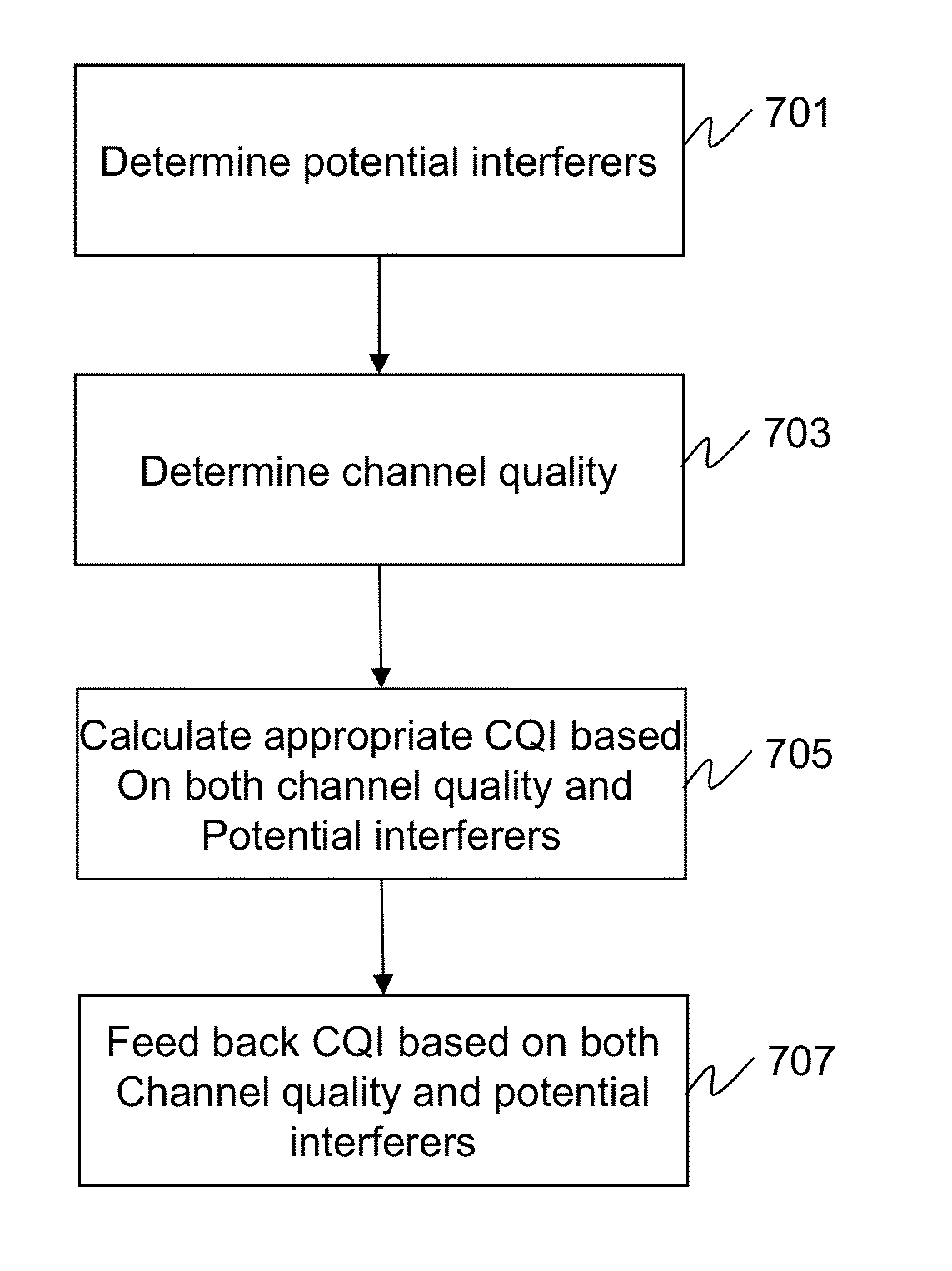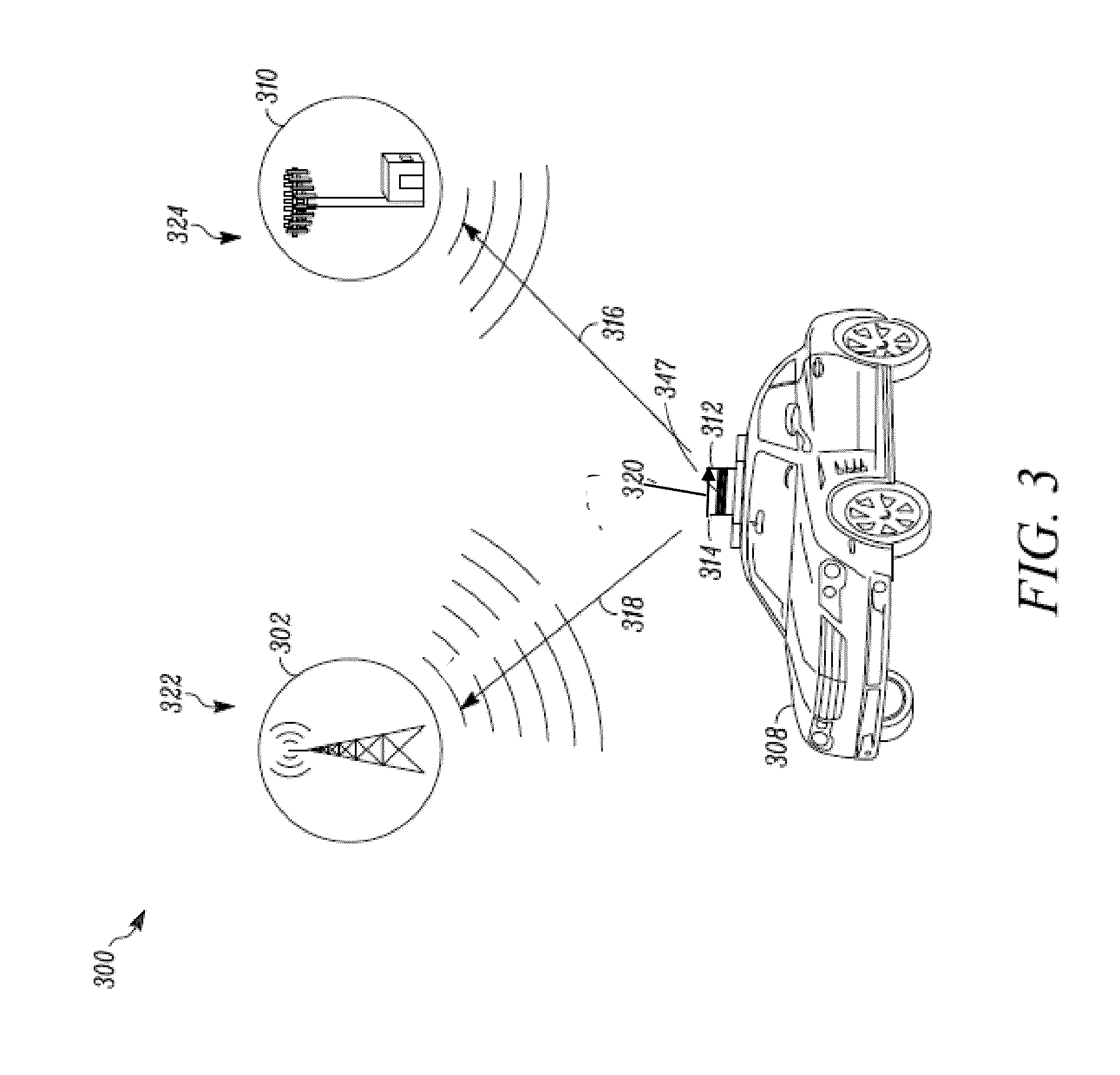Methods and apparatus for mitigating interference between co-located collaborating radios
a technology of wireless transceivers and co-located radios, applied in the direction of orthogonal multiplex, multiplex communication, signalling characterisation, etc., can solve the problems of undesirable radio interference to communications between lte base stations, inability to adequately mitigate interference between geographically co-located and spectrally distinct wireless transceivers, and sometimes corrupted digital data transmissions over wired and wireless channels
- Summary
- Abstract
- Description
- Claims
- Application Information
AI Technical Summary
Benefits of technology
Problems solved by technology
Method used
Image
Examples
Embodiment Construction
[0013]In order to address the above-mentioned need, a method and apparatus for mitigating interference between geographically co-located and spectrally distinct wireless transceivers are provided herein. During operation, a wireless radio will determine potential interferers and their scheduling and transmission frequency characteristics. Preferably, these interferers comprise geographically co-located and spectrally distinct wireless transceivers. The wireless transceivers may be co-located user equipment or may reside within the same device. Once potential interferers are determined, a channel quality indicator (CQI) report, comprised of sub-band or wideband components, will be adjusted accordingly to accommodate for any potential interference impacting some or all of the wireless radio's receive band. Because the CQI report will take into effect the identified potential interference, transmissions to the wireless radio will be received more reliably.
[0014]The Federal Communicatio...
PUM
 Login to View More
Login to View More Abstract
Description
Claims
Application Information
 Login to View More
Login to View More - R&D
- Intellectual Property
- Life Sciences
- Materials
- Tech Scout
- Unparalleled Data Quality
- Higher Quality Content
- 60% Fewer Hallucinations
Browse by: Latest US Patents, China's latest patents, Technical Efficacy Thesaurus, Application Domain, Technology Topic, Popular Technical Reports.
© 2025 PatSnap. All rights reserved.Legal|Privacy policy|Modern Slavery Act Transparency Statement|Sitemap|About US| Contact US: help@patsnap.com



